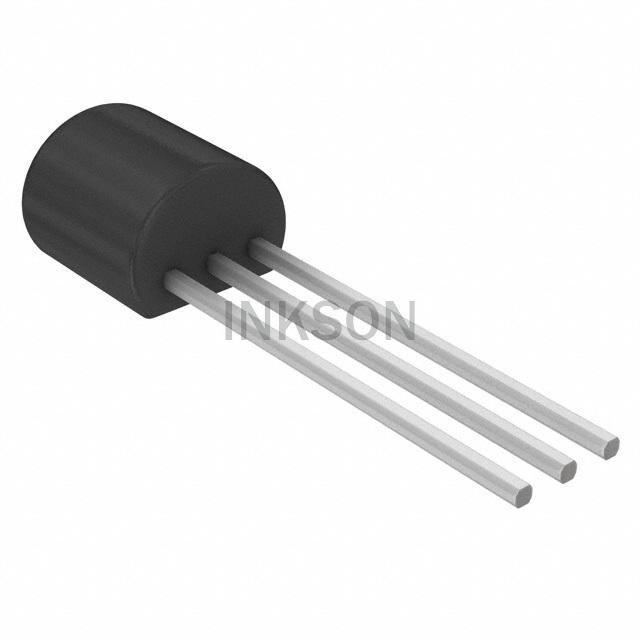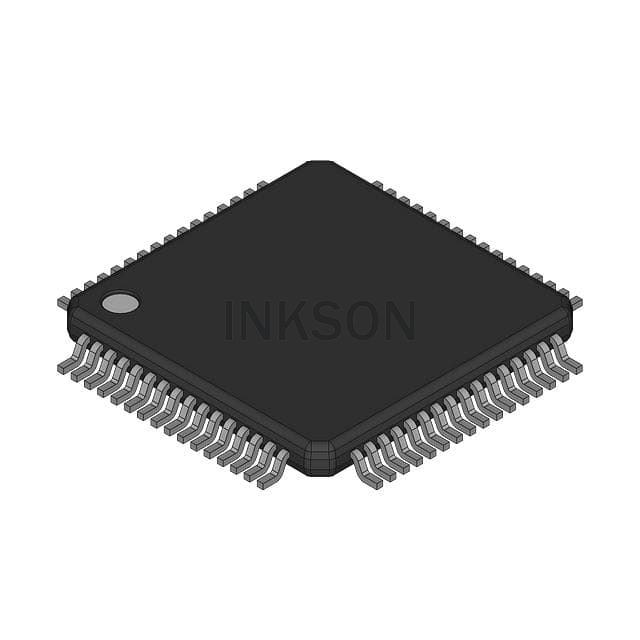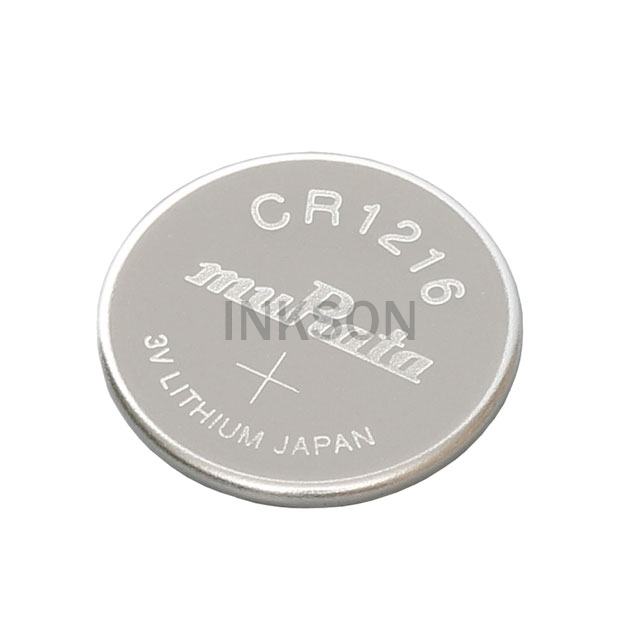2N3819 Overview:
The 2N3819 is a JFET (Junction Field-Effect Transistor) known for its high input impedance and excellent high-frequency characteristics. It is commonly used in electronic circuits for signal amplification and impedance matching purposes. Here is an overview of the 2N3819 transistor, including specifications, main uses, features, application fields, working principle, and alternative models:
Specifications:
- Type: JFET (N-Channel)
- Package: TO-92
- Maximum Drain-Source Voltage (Vds): 25 V
- Maximum Gate-Source Voltage (Vgs): 25 V
- Maximum Drain Current (Id): 50 mA
- Power Dissipation (Pd): 350 mW
- Transconductance (gm): Typically 2.5 mS (millisiemens)
- Cut-off Frequency (fT): Typically around 400 MHz
-
DataSheet
Main Uses:
- Signal Amplification: Commonly used in audio amplifiers, high-frequency circuits, and instrumentation applications.
- Impedance Matching: Utilized to match impedance between different stages of electronic circuits.
- Radio Frequency (RF) Applications: Found in RF amplifiers, mixers, and oscillators.
- Low-Noise Amplification: Suitable for low-noise applications due to its high input impedance.
Features:
- High Input Impedance: Provides excellent signal amplification with minimal loading on the previous stage.
- Low Noise: Ideal for applications where minimizing noise is crucial.
- High-Frequency Operation: Suitable for applications requiring operation at high frequencies.
- Versatile: Widely used in various analog and RF circuit designs.
Application Fields:
- Audio Electronics: Used in audio preamplifiers, mixers, and other audio circuitry.
- Radio and Communication Systems: Found in RF amplifiers, frequency converters, and RF receivers.
- Instrumentation: Utilized in test and measurement equipment, oscilloscopes, and signal generators.
- Amateur Radio: Popular in amateur radio projects for RF amplification.
Working Principle:
- In a JFET like the 2N3819, the gate current controls the current flow through the channel (between drain and source).
- The gate-source voltage modulates the channel conductivity, allowing the transistor to act as a voltage-controlled amplifier.
- This voltage-controlled behavior makes JFETs suitable for various amplification and signal processing applications.
Alternative Models:
- J113: N-Channel JFET with similar characteristics to the 2N3819.
- BF256C: Another N-Channel JFET with comparable specifications.
- MPF102: Popular JFET used in similar applications as the 2N3819.
Note:
- The 2N3819 is a versatile transistor valued for its high input impedance, low noise characteristics, and suitability for high-frequency applications.
- When selecting alternative models, ensure compatibility with circuit requirements and consider factors like voltage ratings, current handling capabilities, and package type.
The 2N3819 JFET is a crucial component in various analog and RF circuit designs, providing high input impedance, low noise amplification, and excellent high-frequency performance. It is widely used in audio electronics, RF applications, instrumentation, and other fields where high-quality signal processing is essential.



